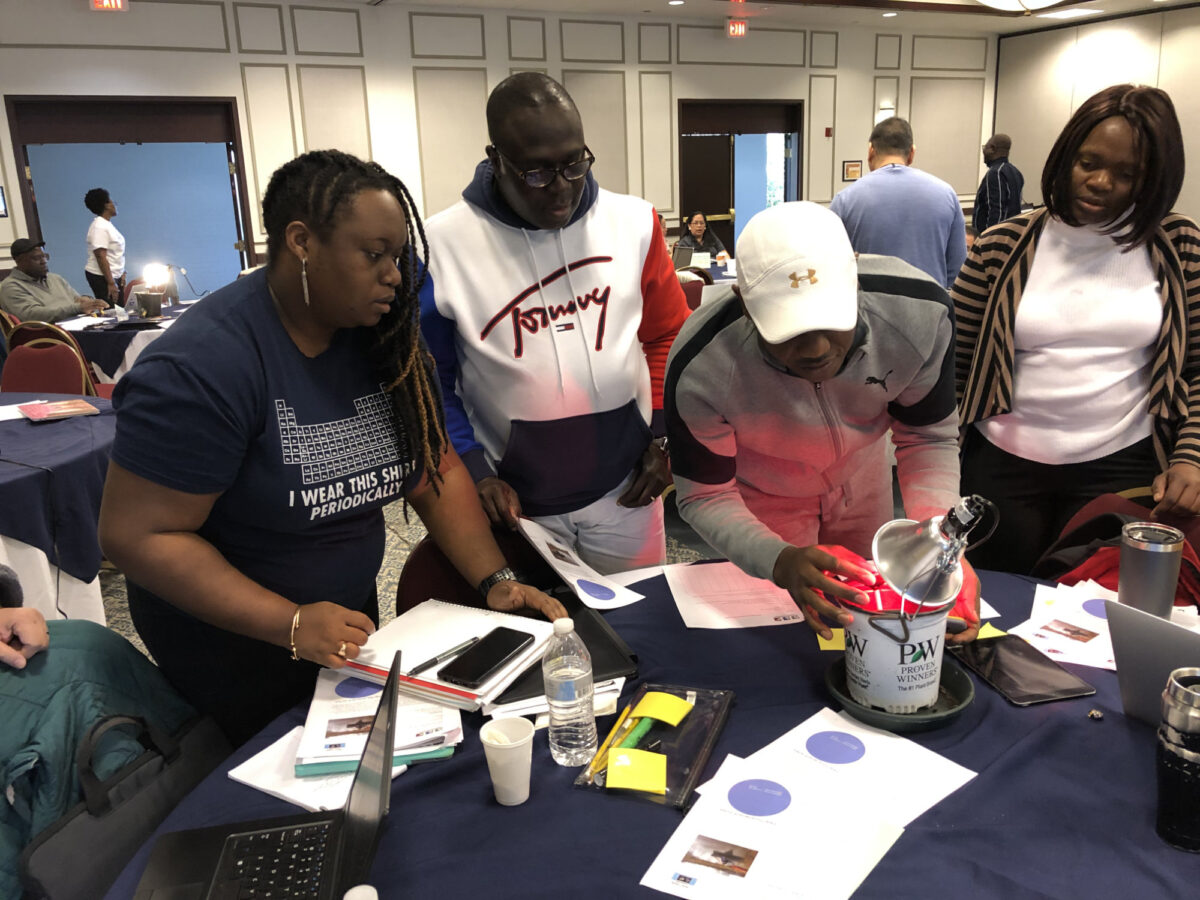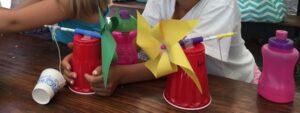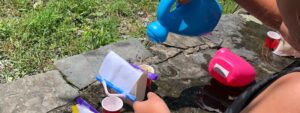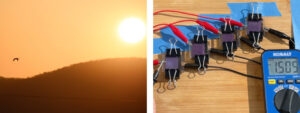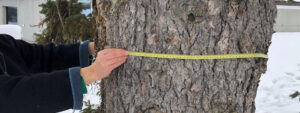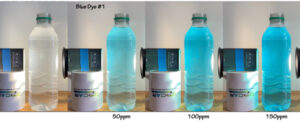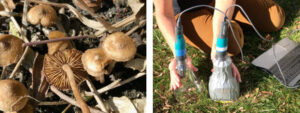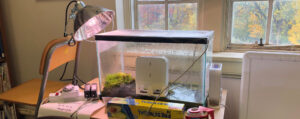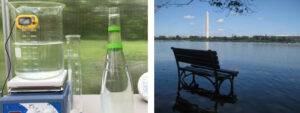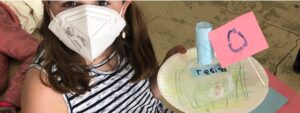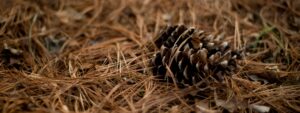This page contains classroom activities that serve as the lab manual for The Teacher-Friendly Guideᵀᴹ to Climate Change. Activities, many of which have accompanying videos, are searchable by topic and grade level, and include an overview, NGSS standards, materials lists and instructions, handouts, and background information.
Several of our activities have been selected for inclusion in the CLEAN collection, a digital collection of high-quality resources that address climate and energy-related topics. These resources are aligned with the Climate Literacy Essential Principles or Energy Awareness Principles and passed through an extensive peer-review process to verify the accuracy and currency of the science.
Last updated: Nov. 1, 2023. Please check back as we continue to add resources!



